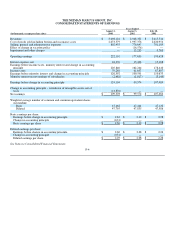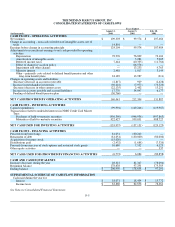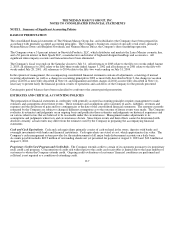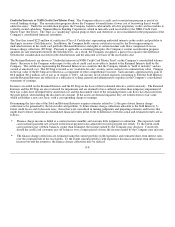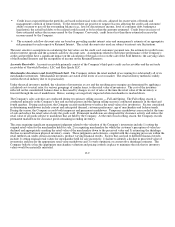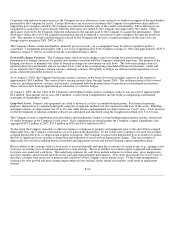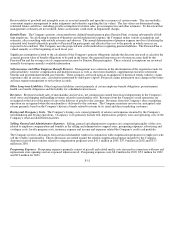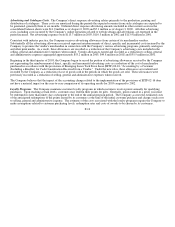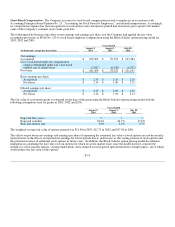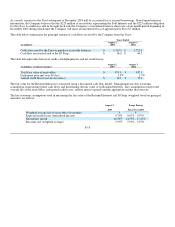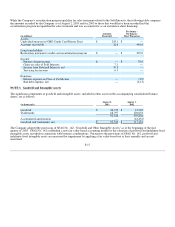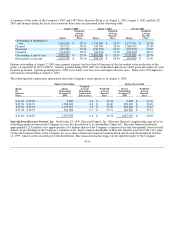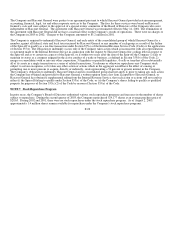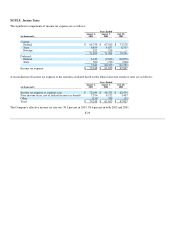Neiman Marcus 2002 Annual Report Download - page 47
Download and view the complete annual report
Please find page 47 of the 2002 Neiman Marcus annual report below. You can navigate through the pages in the report by either clicking on the pages listed below, or by using the keyword search tool below to find specific information within the annual report.
Stock-Based Compensation. The Company accounts for stock-based compensation awards to employees in accordance with
Accounting Principles Board Opinion No. 25, "Accounting for Stock Issued to Employees," and related interpretations. Accordingly,
no compensation expense has been recognized for stock options since all options granted had an exercise price equal to the market
value of the Company's common stock on the grant date.
The following table illustrates the effect on net earnings and earnings per share as if the Company had applied the fair value
recognition provisions of SFAS No. 123 to stock-based employee compensation using the Black-Scholes option-pricing model for
2003, 2002 and 2001:
Years Ended
(in thousands, except per share data)
August 2,
2003
August 3,
2002
July 28,
2001
Net earnings:
As reported $ 109,303 $ 99,574 $ 107,484
Less: stock-based employee compensation
expense determined under fair value based
method, net of related taxes (7,847)(6,542)(6,337)
Pro forma $ 101,456 $ 93,032 $ 101,147
Basic earnings per share:
As reported $ 2.30 $ 2.10 $ 2.28
Pro forma $ 2.14 $ 1.96 $ 2.15
Diluted earnings per share:
As reported $ 2.29 $ 2.08 $ 2.26
Pro forma $ 2.12 $ 1.94 $ 2.13
The fair value of each option grant is estimated on the date of the grant using the Black-Scholes option pricing model with the
following assumptions used for grants in 2003, 2002 and 2001:
Years Ended
August 2,
2003
August 3,
2002
July 28,
2001
Expected life (years) 5 7 7
Expected volatility 36.6% 40.7% 37.6%
Risk-free interest rate 3.0% 5.4% 5.5%
The weighted-average fair value of options granted was $11.40 in 2003, $12.73 in 2002 and $17.80 in 2001.
The effects on pro forma net earnings and earnings per share of expensing the estimated fair value of stock options are not necessarily
representative of the effects on reported net earnings for future periods due to such factors as the vesting periods of stock options and
the potential issuance of additional stock options in future years. In addition, the Black-Scholes option-pricing model has inherent
limitations in calculating the fair value of stock options for which no active market exists since the model does not consider the
inability to sell or transfer options, vesting requirements and a reduced exercise period upon termination of employment - all of which
would reduce the fair value of the options.
F-13



